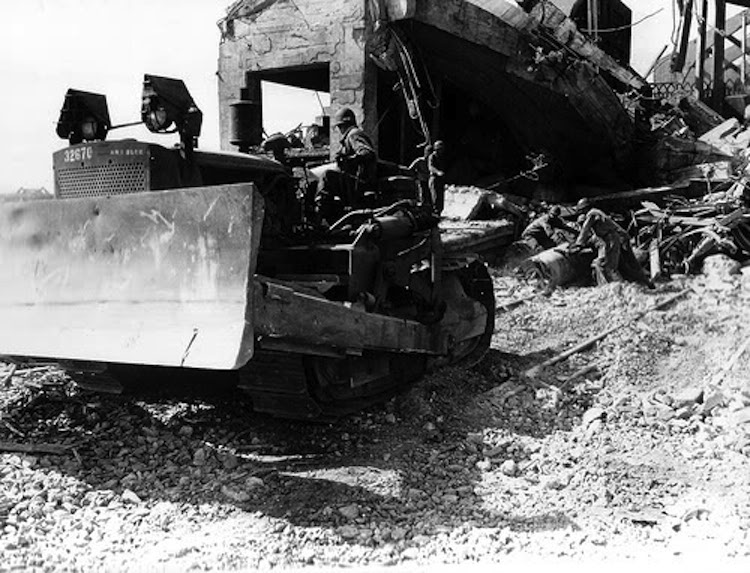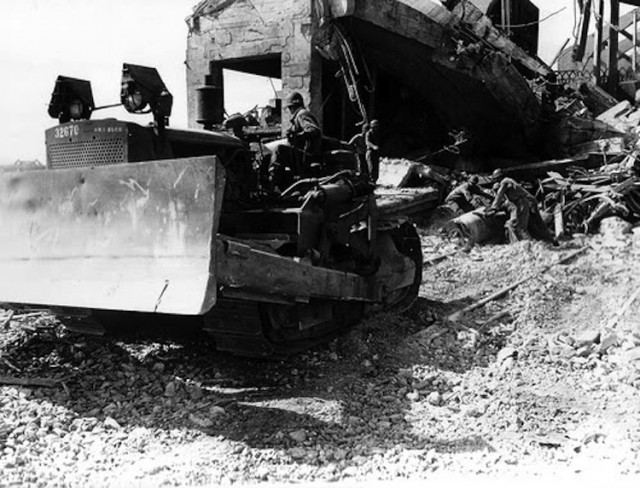Not many people have even heard of tank dozers, let alone their importance to the Allied invasion of Normandy during the Second World War. While they may not have been as highly lauded as the gliders and landing crafts that brought troops to the beach, the use of military tank dozers was highly important to securing the success of the Allied invasion and the subsequent liberation of France from the Nazis.
Adolf Hitler’s main line of defense on the beaches of Normandy was known as the “Atlantic wall.” The assault waged against Hitler’s defense forces, commonly known as D-Day, revolved around breaking through this wall and freeing up a path to move further into France. While D-Day is a subject on which many are educated, the tank dozers used in the assault are relatively unsung in comparison to the gliders, landing crafts, and of course the soldiers themselves. These vehicles were precisely what their name implies, an amalgamation of armored tanks and bulldozers which could rip through standing structures to clear a path, the Equipment World reports.
Due to the bombings of Nazi-occupied territories prior to and during the invasion, the move inland after D-Day was a slow push through the rubble of decimated buildings. The Allies used tank dozers to help push through this rubble and make it easier for troops to move forth. Many of these machines were created by taking standard bulldozers and equipping them with armored cabs to protect their operators. Conversely, some of were tanks with curved bulldozer blades fastened onto the front.
It is less surprising that these machines are not a common topic of discussion when taking into account that not many were used. Even the Centaur, the most effective model, was reserved for the end of the war. When used to full effect, tank dozers had a number of uses. They could consolidate supplies, clear obstacles such as mines, clear damaged vehicles away from the battlefield from repairs, and fill the craters created by explosives. Despite this, the early destruction of half a dozen of the vehicles early in the invasion necessitated that they be reserved for later in the war.
Tank dozers played a part in D-Day, but were most valuable afterward when troops were forced to fight in streets crowded with rubble. They also helped the Allies get around ditches that the Germans had dug to keep tanks from making forward progress. The bulldozers could fill the ditch, allowing tanks to move forward with greater ease. In fact, two operators won the Distinguished Service Cross for fulfilling this very need. The push inland may have been much slower than the Allies expected, but without the tank dozers it might have been nearly impossible.

